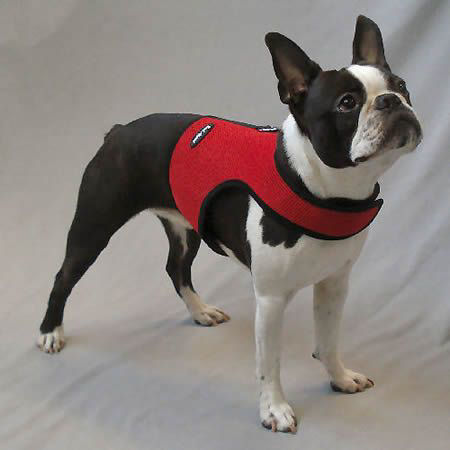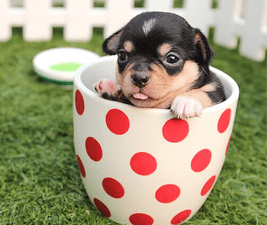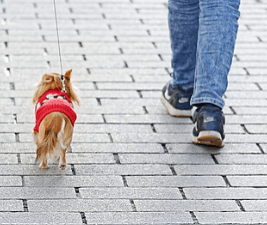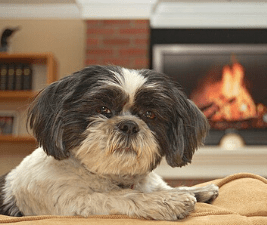Making plans for Memorial Day got us thinking about the dogs who serve. And, because that’s how we think, we wondered if any small dogs have served as military dogs.
As far as we could find out, not officially. All branches of the military in the United States employ dogs. Most have “specific jobs, including: tracking, explosive detection, patrol, search and rescue, and attack,” according to the American Kennel Club. But all of the dogs currently serving in the military seem to be large breeds, with German Shepherds the most numerous. There is mention of Russell Terriers in scent detection, but we couldn’t find confirmation.
Unofficial mascots
However, two of the most famous military dogs of the 20th century were both little dogs. Neither one was officially part of a military training program. Although one, Stubby, was the only dog to be awarded the rank of “Sergeant” through combat.
Stubby was a Boston Terrier who served in World War I. He was the unofficial mascot of the 102nd Infantry Division, and served for 18 months. Most of his duties were morale-related, comforting and entertaining the troops. But he also warned of mustard gas attacks. After being injured in one such attack, Stubby was fitted with a custom gas mask. His credits include finding and holding an enemy soldier by the seat of his pants until American soldiers caught up.
After the war, Sgt. Stubby was a celebrity. He met presidents and led parades all across the country. When his owner went to Georgetown, Stubby went along with him and served as the Hoyas’ team mascot. Stubby died in 1926 and is now part of the Smithsonian National Museum of American History.
Equal rights
The other notable little dog was a female Yorkshire Terrier named Smoky. Smoky was owned by an airman from Ohio who served in the Pacific in World War II. Her most notable exploit was running a telegraph wire through a mostly-closed conduit at the Luzon airfield in the Philippines. Smoky’s tiny size (less than four pounds) and willingness to learn new “tricks” saved the construction detail three days of digging that would have exposed them to enemy bombing. To Smoky’s credit are 12 combat missions and eight battle star awards.
Smoky is the first recorded therapy dog. In 1944 she started acting as a therapy dog when her owner was in the 233rd Station Hospital in New Guinea. She went on rounds with the nurses and doctors to visit their patients.
There is a life-sized statue commemorating Smoky, the “Yorkie Doodle Dandy” in Lakewood, Ohio.
Honoring War Dogs
There are other memorials to dogs that have accompanied the military into harm’s way. The National War Dog Cemetery is at Naval Base Guam. During World War II, Doberman Pinschers served with the Marine Corps during the Second Battle of Guam in 1944.
There is also a U.S. War Dogs Memorial in New Jersey, as well as other memorials around the country. In support of military dogs, both current and retired, there are several non-profit organizations. Former military dog handlers banded together to support their colleagues and their dogs.












